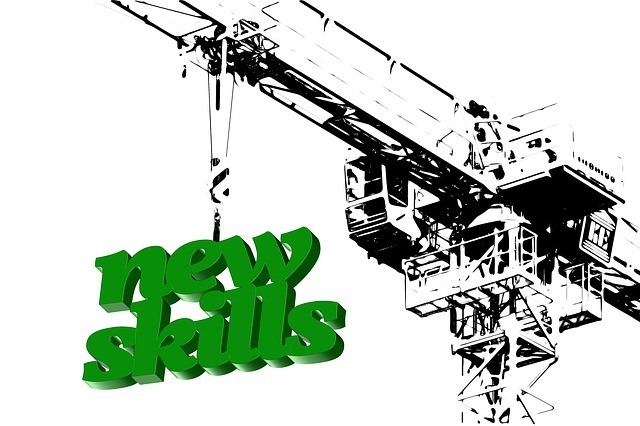How To Build New Skills For Learning And Development
There are two factors that are impacting on the effectiveness of Learning and Development teams in 2015. These are the business environment and the changing state of organizations. Our research shows that there is a growing skills crisis in Learning and Development precisely because of these factors:
- The business environment.
The acronym VUCA -volatility, uncertainty, complexity, and ambiguity- is no stranger to business executives. All organizations are operating in an environment that is shaped by these four forces. And this environment is hugely challenging for organizations that have been used to clarity, certainty, and simplicity. Human beings also find change unsettling so VUCA forces challenge us both on a personal and organizational level. - The changing state of organizations.
To thrive in these uncertain times requires organizations to be adaptive, agile, and ambidextrous. That means being attuned to the external environment and how it is changing, being able to change strategic direction quickly, and being able to bridge current competencies and new competencies required to take organizations in a different direction.
Learning And Development
For learning and development, these changes to the business context and organizations require 4 new capabilities:
- Commercial Acumen.
Understanding the business strategy and business model and the context within which the business operates. - Alignment.
Learning and Development must be able to help shape business strategy and also be aligned with it in its current and future forms. - Versatility.
The Learning and Development team must be able to adapt to quickly changing business contexts and business needs. - Ubiquity.
Be in all parts of the business at all levels, from operational to strategic.
Our research shows that top learning organizations (in the top 10% of the Towards Maturity Index) are adopting these capabilities and with great success. For example, they report:
- Revenue increases of 21% (compared with 10% improvements on average).
- 72% are improving productivity through learning (compared with 28% on average).
- 62% are more equipped to respond faster to changing business conditions (compared with 24% on average).
Outside of the top learning organizations we see a different picture emerge. Our research shows that less than 50% of organizations are investing in continuing professional development and one in 10 doesn’t know how their teams are building their skills.
In our joint report with the CIPD, L&D: Evolving Roles, Enhancing Skills, we identified a range of new skills for a modern Learning and Development team. These include:
- Social and collaborative learning.
- Online training and delivery.
- Coaching and mentoring.
- Content delivery.
- Technology and infrastructure.
- Data analytics.
- Performance consulting.
- Curation.
- And more!
These are the skills that are required to support change but more complex business environments mean more diverse roles in Learning and Development. This is challenging because it can be difficult to know what skills to develop; should it be analytics or performance consulting, for example.
To identify what you do need, think about the following 4 factors:
- Understand the direction of travel that you want your team to move in; set goals and a vision for the future.
- Check the mix of your Learning and Development resource to ensure you have the right balance for now and in the future.
- Consider shifting from training delivery to a consulting model.
- Equip your team to identify and share good practice; areas of the business will be doing things others can learn from.
When it comes to skills gaps, it is critical that Learning and Development leaders identify priority skills and identify the gaps. Then focus on building the skills you need now and for the future and make sure you make continuous professional development an everyday reality.
The Towards Maturity Benchmark™
The Towards Maturity Benchmark is a useful tool to help you reflect on your current direction of travel and how your current strategies compare to peers and top performing learning organizations.









